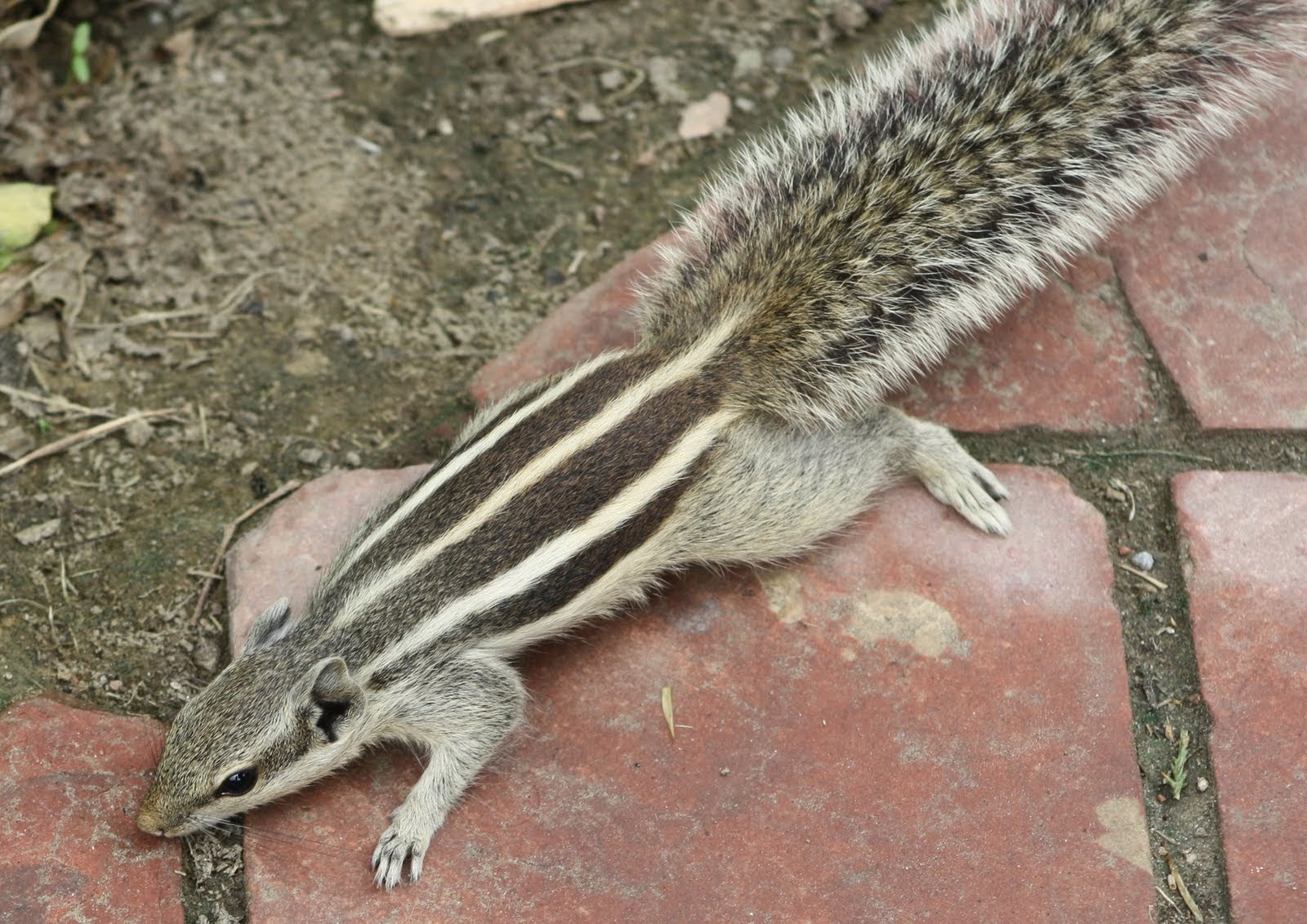Lycopersicon esculentum Mill. –Tomato Syn. Solanum lycopersicum L.
Taxonomic Classification
Kingdom: Plantae
Division: Magnoliophyta
Class: Magnoliopsida
Subclass: Asteridae
Order: Solanales
Family: Solanaceae
Genus: Lycopersicon
Lycopersicon is a small genus with 6 species of soft herbs. L.esculentum is one of the most important vegetables in the world. It is grown in an extent of 6675ha in Sri Lanka with an annual production of 65,1157mt (2007).
Morphological Characters
Stem: L. esculentum is an annual herb of 0.7-2m in height the plant is erect or spreading, but later becoming prostrate. The plant is covered with glandular and non-glandular hairs, which have a characteristic odor. The branches are usually sympodial, although the base of the stem is monopodial. The terminal bud of the monopodial stem, the terminal bud aborts or produces an inflorescence. Then the development of the axis is continued by the development of the axillary bud. Several leaves are produced at several nodes in each axis, followed by a terminal inflorescence, which terminates the development of the axis. This pattern of development is repeated.
Root: A strong tap root system exists. When the tap root is damaged, dense fibrous and adventitious roots are formed.
Leaves: The leaves are imparipinnate and spirally arranged with a phyllotaxy of 2/5 and imparipinnate. There are 7-9 major pinnae, where a variable number of smaller pinnae occur between the major pinnae.
Flowers: The inflorescence is terminal with 4-12 flowers. The inflorescence is borne opposite and sometimes between the leaves.
The flowers are regular, pendent, hermaphrodite and hypogynous. The calyx tube is very short and has 6 narrow pointed lobes, persistent and enlarging in the fruit. The corolla is rotate and yellow with 6 petals. There are six stamens with short filaments and bright yellow anthers.




Comments